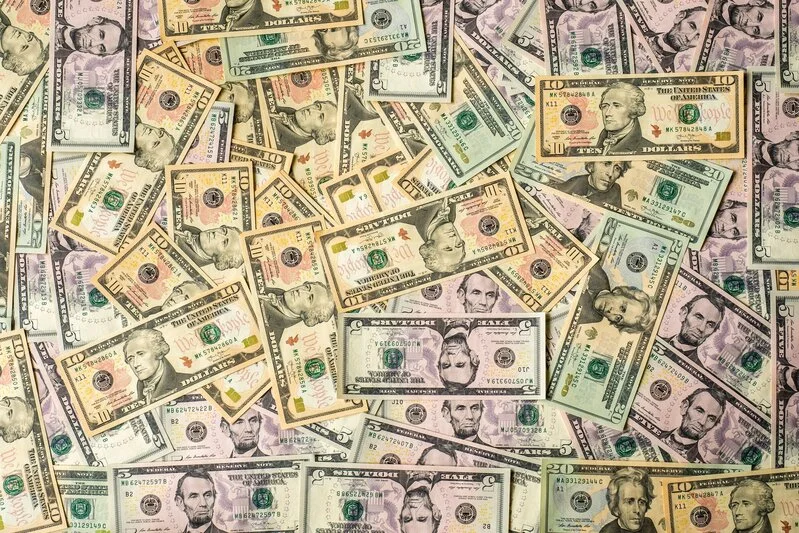If you own a small business or are self-employed, take a look at your finances and determine whether or not you need the PPP. Note that you won't be able to get the loan after March 31, 2021. We hope you will be able to recover from the events surrounding COVID-19, with or without the PPP loan.


